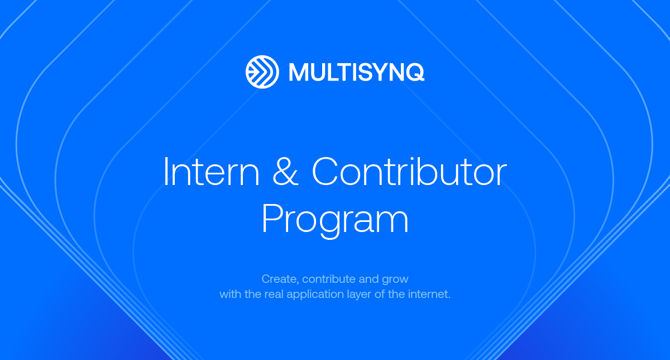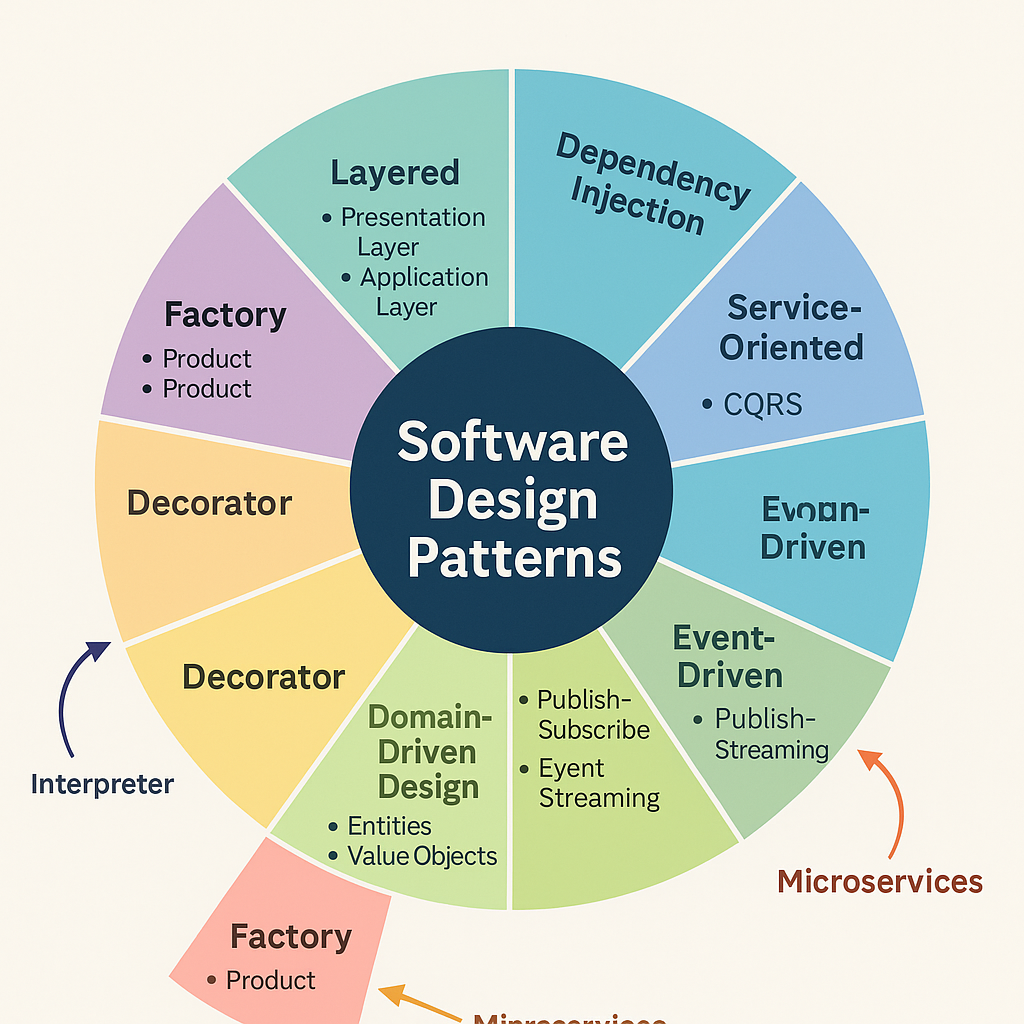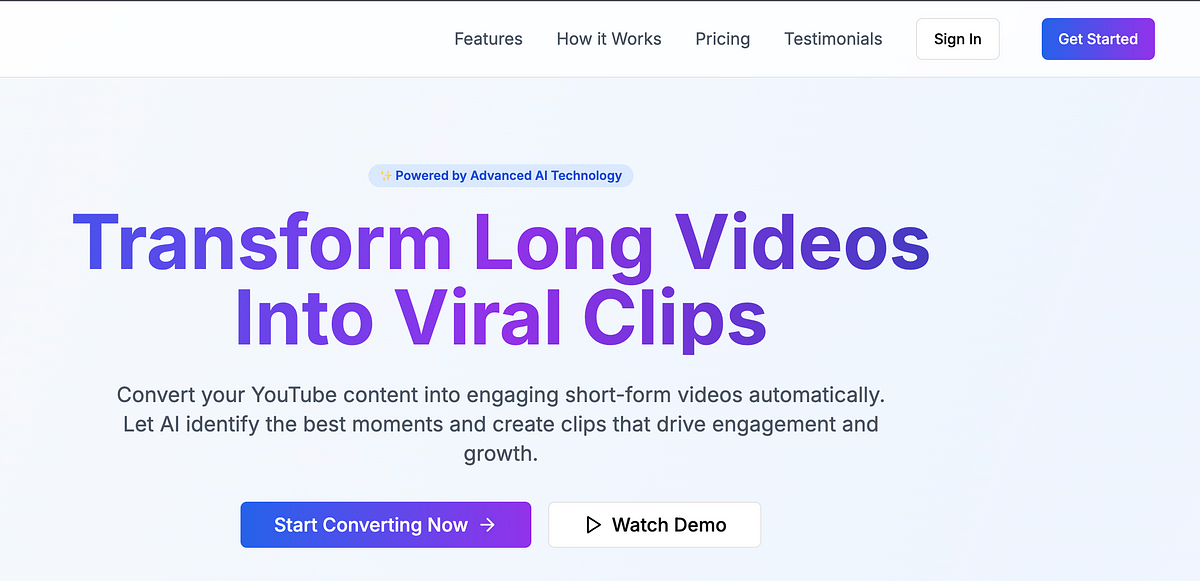Programming News
Medium
214

Image Credit: Medium
Introducing the Multisynq Intern & Contributor Program
- Multisynq is launching the Intern & Contributor Program aiming to evolve from static pages to real-time presence and centralized backends to decentralized networks.
- The program is designed to involve individuals in building the real-time internet, offering opportunities for creators, hackers, storytellers, and explorers to contribute.
- Multisynq is a decentralized network enabling the creation of live, multiplayer, human + AI-powered experiences with near-zero latency, focusing on meaningful contributions and reward.
- The program welcomes a diverse range of talents, whether technical or not, to participate in content creation, community building, developer engagement, and various development opportunities.
Read Full Article
12 Likes
Medium
171

Image Credit: Medium
Why I Don’t Use the Factory Pattern Anymore — And What I Use Instead
- The author shares a personal experience about how the Factory Pattern negatively impacted their backend project.
- After years of using the Factory Pattern, the author decided to stop using it due to issues faced in production systems.
- The author discusses the drawbacks of the Factory Pattern and explains the alternative approach they now prefer.
- The new approach adopted by the author helped save time, improve scalability, and avoid code complexity.
Read Full Article
10 Likes
Medium
277

Image Credit: Medium
I build Goliath-YT Automation engine and now it’s worth nothing…
- Built Goliath-YT Automated engine for creating YouTube Shorts from long-form content.
- Orchestrated workflow efficiently with file-based caching, precise timestamps, and optimized clipping.
- Despite efficiency, project rendered worthless due to YouTube's policy update on repetitive content.
- The lesson learned from the failed project might be more valuable than the automation engine.
Read Full Article
16 Likes
Dev
267

Image Credit: Dev
Getting Started with Playwright — Introduction to Web Testing Automation
- Learn basics of web testing automation with Playwright, from setup to interacting with pages.
- Explore features like multiple browser support, intuitive API, visual evidence capture, and more.
- Get started by installing Playwright and its dependencies, then create and run tests.
- Navigate pages, interact with elements, run tests, and verify element visibility with Playwright.
- Stay tuned for the next part on utilizing the Page Object concept in Playwright tests.
Read Full Article
16 Likes
Discover more
- Software News
- Web Design
- Devops News
- Open Source News
- Databases
- Cloud News
- Product Management News
- Operating Systems News
- Agile Methodology News
- Computer Engineering
- Startup News
- Cryptocurrency News
- Technology News
- Blockchain News
- Data Science News
- AR News
- Apple News
- Cyber Security News
- Leadership News
- Gaming News
- Automobiles News
Dev
197

Image Credit: Dev
Build an AI-Powered Agent for Dynamics 365 using Node.js and OpenAI
- The article discusses building an AI-powered agent for Dynamics 365 using Node.js and OpenAI.
- Features of the AI agent include interpreting natural language queries, Dynamics 365 Web API integration, Full CRUD support, and Azure AD OAuth 2.0 authentication.
- The tech stack involved Node.js, TypeScript, Express, Axios, OpenAI API, and Azure AD + MSAL.
- The project structure includes services for authentication, Dynamics, and AI, controllers for handling requests, examples of queries and responses, potential extensions, deployment options, and resources for further reference.
Read Full Article
11 Likes
Dev
158

Image Credit: Dev
Day 25 – Making Search and Filter Work Like Magic
- Intern highlights the importance of user experience in details during an internship.
- Developers at Lura aim to improve search and filtering functionality for legal cases for better user experience.
- Backend built using NestJS + Prisma for flexible and efficient filtering.
- Frontend developed using Next.js + TailwindCSS, providing instant filtering by title, tag-based filtering, and workspace isolation for quicker user actions.
Read Full Article
9 Likes
Dev
136

Image Credit: Dev
Stop Wrestling with AI Prompts: Build UI Components Visually and Generate Perfect Prompts
- Developers often struggle with describing complex UI layouts to AI assistants.
- A new tool offers a visual way to build UI components and generate precise prompts for AI.
- Features include a component library, visual tree builder, intelligent property management, and perfect prompt generation.
- The tool is built with React, TypeScript, Material-UI, Vite, and aims to improve AI-assisted UI development workflows.
Read Full Article
8 Likes
Dev
269

Image Credit: Dev
The SCP Command and how to use it 🧑💻💻
- SCP (Secure Copy Protocol) command is used to transfer directories and files between 2 systems/locations using the SSH protocol, ensuring data encryption.
- Use cases of SCP command include transferring files from local machine to a remote server, from a remote server to local machine, and between two remote servers.
- Basic syntax of SCP command: scp [options] source-location destination-location.
- Different options with SCP command include -r for recursively copying folders, -v for verbose mode, -C for data compression, and -q for quiet mode.
Read Full Article
16 Likes
Dev
267

Image Credit: Dev
Next.js Performance Boost: 5s to 500ms Load Time
- A Next.js application improved its performance from a 5-second load time to 500 milliseconds through optimization strategies.
- Key optimization methods included code splitting for delivering only necessary components, image optimization, caching strategies, data fetching optimizations, and minimizing JavaScript bundles.
- Utilization of Next.js's built-in optimizations and continuous monitoring for improvement were emphasized.
- The optimization efforts resulted in a 90% reduction in load time, leading to enhanced user engagement and improved search engine rankings.
Read Full Article
16 Likes
Medium
310

Image Credit: Medium
Is Your Smartphone Listening? An Easy Guide to Your Privacy
- Your smartphone is not constantly recording everything you say, but rather listens for its 'wake word,' like 'Hey Google' or 'Hey Siri.'
- When the wake word is detected, your phone records your request and sends it to the company's servers for processing in the cloud.
- You can review and delete your voice command history, disable the 'always listening' feature, and review your ad settings to enhance your privacy.
- Understanding how your phone handles voice commands and taking simple steps can help you balance convenience with privacy while using a digital assistant.
Read Full Article
18 Likes
Dev
199

Image Credit: Dev
Word Cloud in NLP: A Complete Guide to Visualizing Text with Python
- Word clouds are a visual representation of text data showing the frequency of words.
- They are helpful in uncovering patterns in NLP projects by highlighting common discussion points.
- Word clouds are visual aids and do not replace deeper NLP tasks like sentiment analysis or topic modeling.
- The article provides a guide on building word clouds in Python using the wordcloud library and highlights the importance of filtering out stop words.
Read Full Article
12 Likes
Dev
256

Image Credit: Dev
6 Best No Joke AI Code Editors for Linux in 2025
- AI-powered code editors for Linux enable rapid and efficient coding with AI assistants.
- Leading tools like Visual Studio Code and JetBrains IDEs offer extensive AI integrations.
- Cursor, Windsurf, Neovim, and Zed provide specialized features for seamless AI coding on Linux.
- These editors support various AI assistants for code completion, chat interfaces, and more.
- The AI ecosystem on Linux empowers developers with advanced tools for enhanced productivity.
Read Full Article
15 Likes
Medium
272

Why Coding is the Future: Unlocking Opportunities in the Digital Age
- Coding skills are becoming essential in the digital age due to the growth of automation.
- The tech industry is facing a shortage of skilled developers, creating lucrative opportunities in coding.
- Software developer jobs are projected to grow 22% by 2030, according to the U.S. Bureau of Labor Statistics.
- Even non-tech professionals can benefit from coding knowledge for automation and data analysis, as coding jobs are expected to thrive in the future.
Read Full Article
16 Likes
Dev
170

Image Credit: Dev
Master These 5 JavaScript Array Methods for Cleaner Code
- Working with arrays is crucial in JavaScript development, and utilizing powerful array methods can enhance code readability and efficiency.
- Array.from() can create new arrays from different objects, like converting NodeLists or defining arrays with specific lengths and values.
- Array.flatMap() combines map() and flat() for transforming and flattening arrays.
- Array.some(), Array.every(), Array.reduce(), Array.find(), and Array.filter() are useful for testing conditions, creating objects from arrays, and filtering data efficiently.
Read Full Article
10 Likes
Dev
315

Image Credit: Dev
Getting Started with ClickHouse in TypeScript using hypequery.
- Learn to harness ClickHouse's analytics power using TypeScript with hypequery for type-safe queries.
- ClickHouse excels in fast analytics while TypeScript offers type safety and developer experiences.
- Set up ClickHouse client, create tables, run queries, and enhance type safety with hypequery.
- hypequery brings full type safety to ClickHouse queries, improving developer productivity and experience.
Read Full Article
18 Likes
For uninterrupted reading, download the app